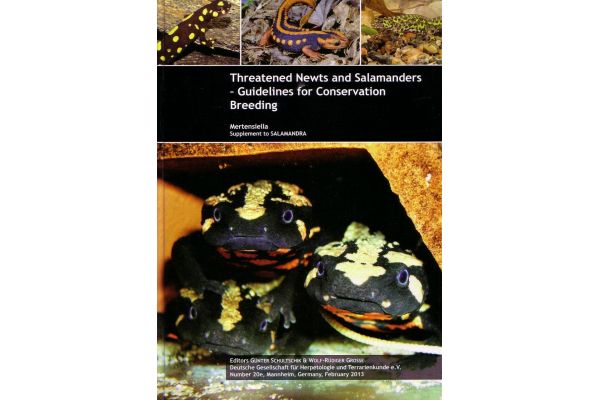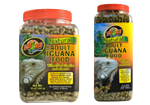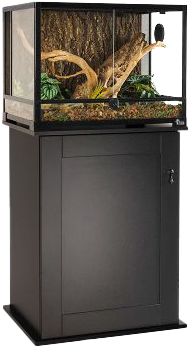- PROMO




Editions Chimaira
Author: Günter Schultschik(Editor), Wolf-Rüdiger Grosse(Editor)
172 pages,
colour photos,
Approximately two thirds of the more than 7000 known amphibian species on earth are currently considered to be threatened by the IUCN. Of the 650 known species of newts and salamanders, about 430 are more or less exposed to the risk of extinction.
These guidelines for captive keeping and breeding of threatened species of Caudata in human care aim at promoting public awareness of respective opportunities and thus contributing to their conservation. Twenty-two threatened Eurasian species and the Neotropi- cal Axolotl are represented in Threatened Newts and Salamanders. Data on the respective threat status, factors involved in declines, guidance for captive keeping and breeding, as well as aid for the identification of developmental stages are provided.
With this presentation of scientific knowledge obtained through captive keeping and breeding of threatened species and observations assembled in their natural habitats, the working group ,,Urodela" of the Deutsche Gesellschaft für Herpetologievund Terrarienkunde (DGHT) contributes to the agenda of this herpetological society, namely nature conservation, species protection and species-appropriate captive care.
Threatened Newts and Salamanders covers breeding advices for the following species Ambystoma mexicanum, Paradactylodon persicus, Paradactylodon gorganensis, Calotriton asper, Cynops ensicauda, Cynops orphicus, Euproctus montanus, Euproctus platycephalus, Laotriton laoensis, Liua shihi, Mertensiella caucasica, Neurergus crocatus, Neurergus derjugini, Neurergus kaiseri, Neurergus strauchii, Triturus dobrogicus, Triturus pygmaeus, Tylototriton asperrimus, Tylototriton hainanensis, Tylototriton kweichowensis, Tylototriton shanjing, Tylototriton taliangensis, and Tylototriton wenxianensi.
Fiche technique

Author: Günter Schultschik(Editor), Wolf-Rüdiger Grosse(Editor)
172 pages,
colour photos,

En achetant ce terrarium, bénéficiez de 20% de remise sur le meuble avec le code ci-dessous
Code: MEUBLELFT